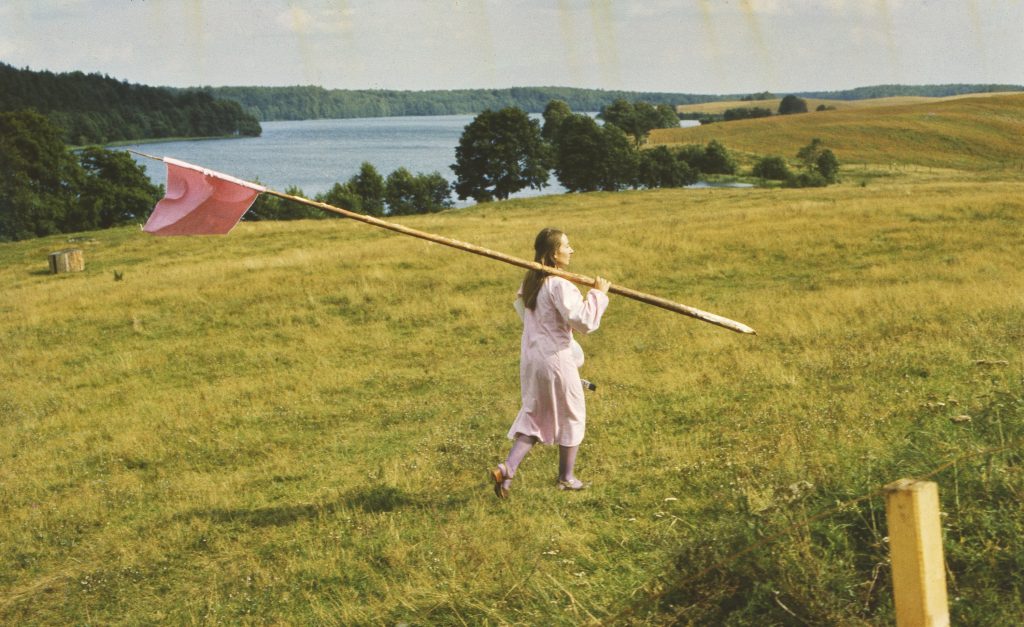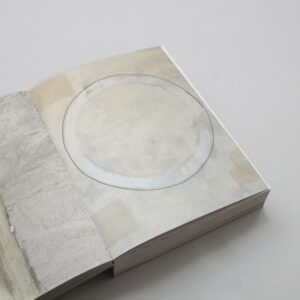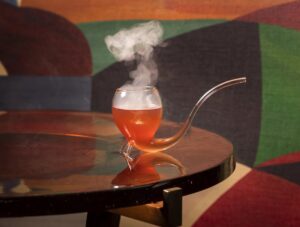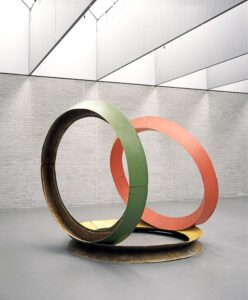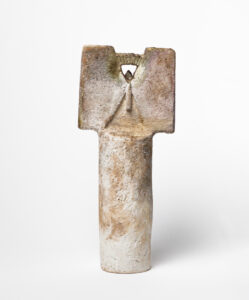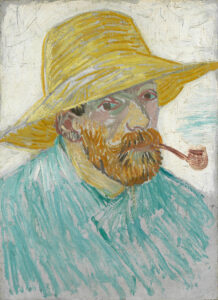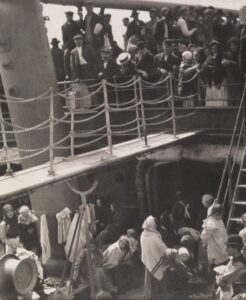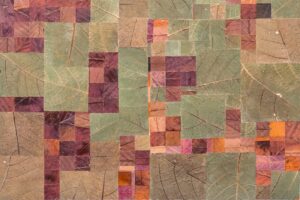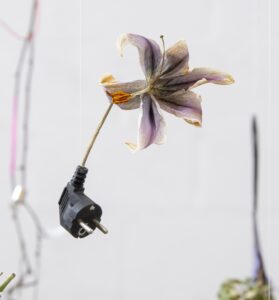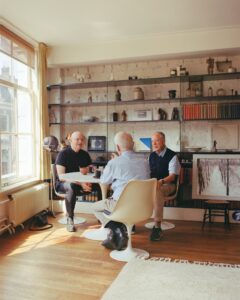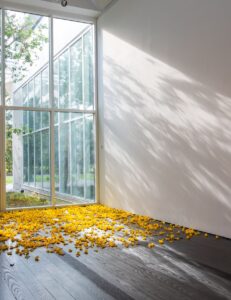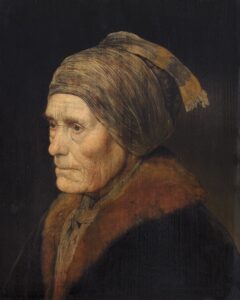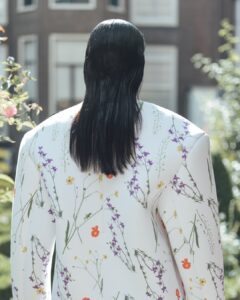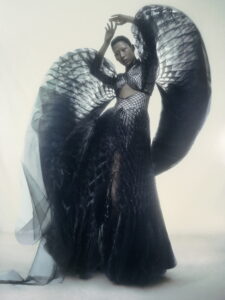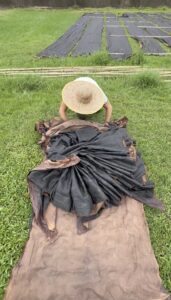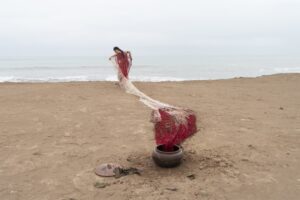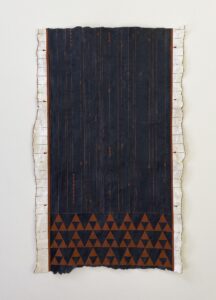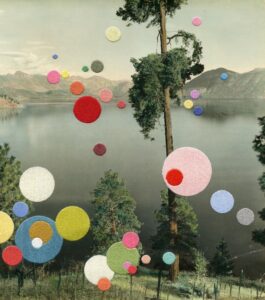Nikau Hindin
Pretty Brilliant Women in the Arts
For generations, the story of art has been told through a singular lens. When the first editions of canonical texts like Janson’s History of Art and Gombrich’s The Story of Art were published, they featured zero women artists. The Pretty Brilliant: Women in the Arts series aims to make whole what has long been a one-sided story. In these issues, featuring 583 artists, we celebrate women who have always been creating, innovating, and inspiring, like Nikau Hindin.
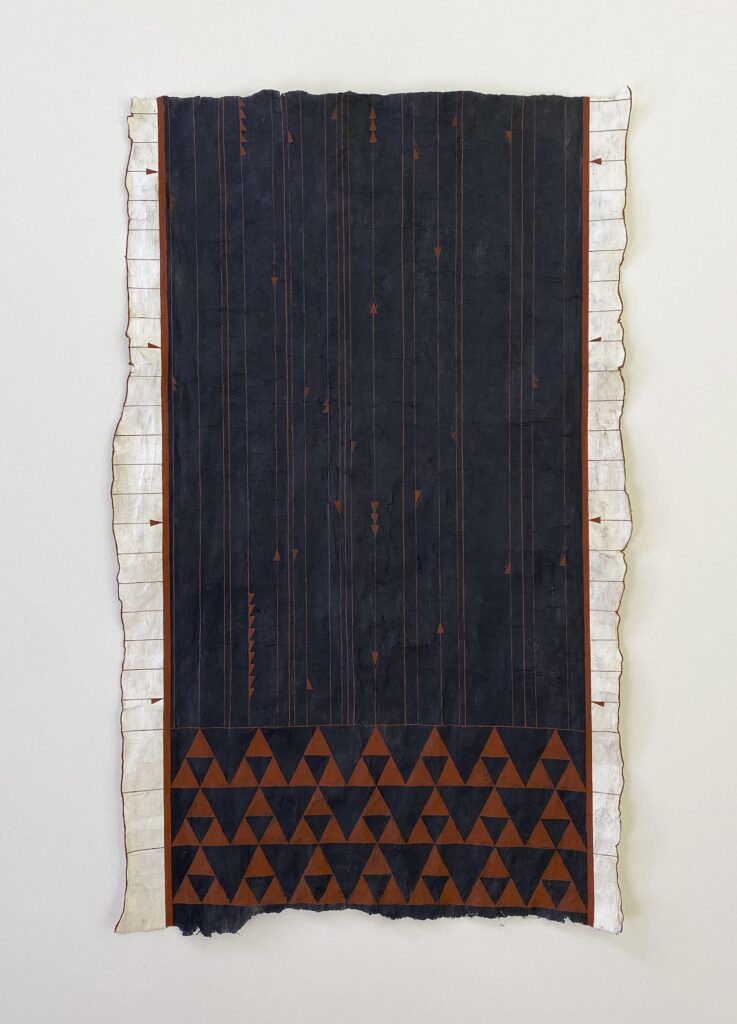
Māori artist Nikau Hindin (New Zealand, b. 1991) was born in Tāmaki Makaurau (Auckland) where she continues to live and work. A third-generation artist from her mother’s lineage, she draws inspiration from her grandmother’s stories that left lasting impressions on her creative perspective.
Hindin dedicates herself to revitalising the traditional Māori bark cloth (aute) made from the paper mulberry plant, which she then adorns with cultural maps, calendars and motifs central to Māori heritage. Unlike other bark cloth traditions found throughout Te Moana Nui a Kiwa (The Pacific), the specific Māori technique Hindin employs had vanished from practice in New Zealand for more than a century, following the near-extinction of the paper mulberry tree that provides the essential raw material. The aute or paper mulberry was originally brought to New Zealand by Māori ancestors, who had utilised it for bark cloth creation in their Pacific homelands before migration.
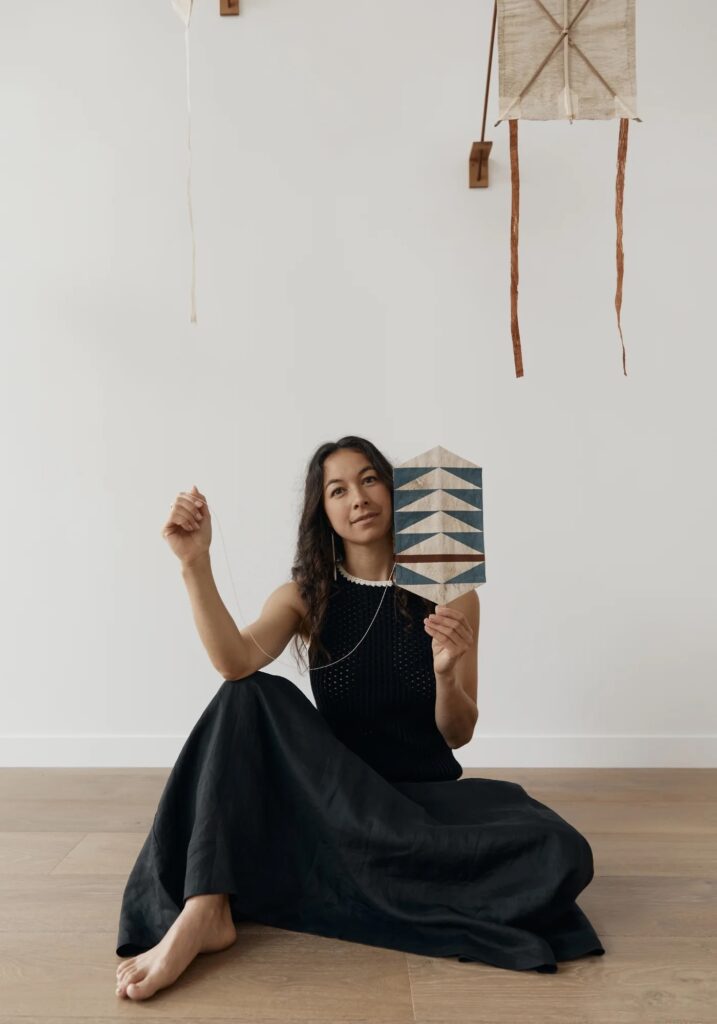
‘It is hard to find the right knowledge holders in the city. So I’ve been working away – gathering resources and knowledge, and in all honesty, gaining self-confidence to face the art world.’
The knowledge Hindin preserves and celebrates in her work – from star charts to kites – stems from millennia-old Māori wisdom. She works with traditional materials including red kōkōwai ochre, harvested from the veins of Papatūānuku (Mother Earth in Māori cosmology).
For each piece Hindin creates – whether charting seas, skies, seasons or stories – she finds true direction by following in the footsteps of her predecessors. As she herself explains, being an aute maker involves the transmission of knowledge, helping one to become a better ancestor for future generations.
Nikau Hindin is featured in See All This #38: Pretty Brilliant Women in the Arts vol. III. Order a copy here.
